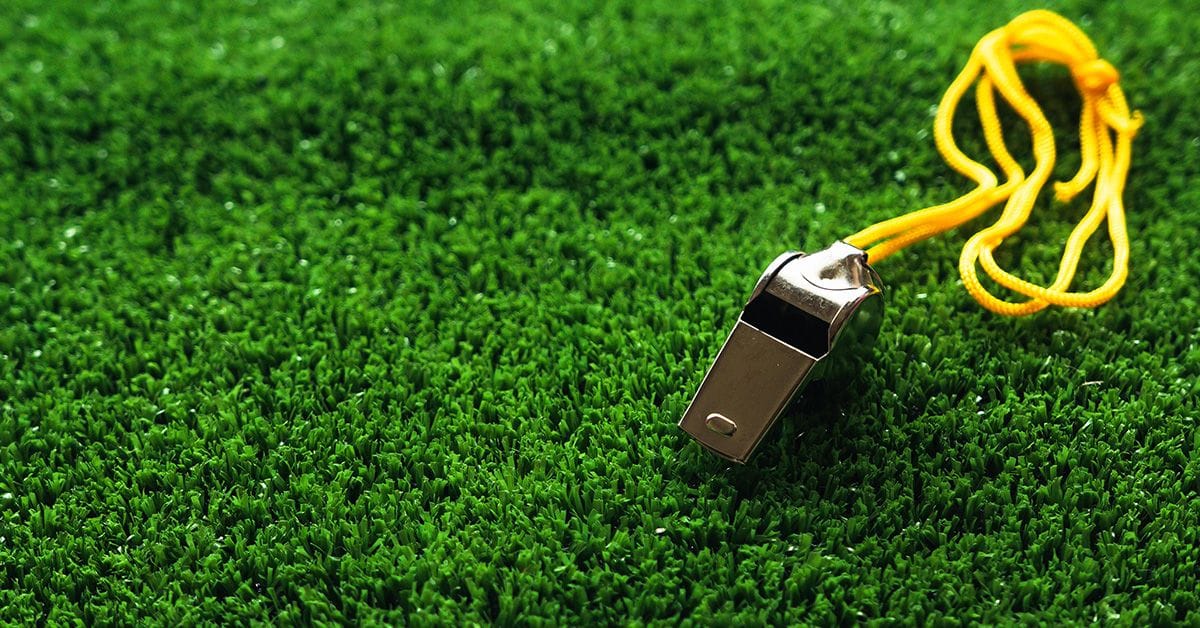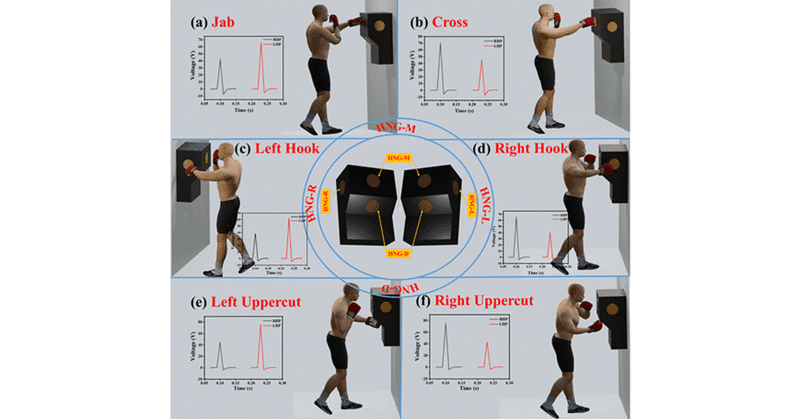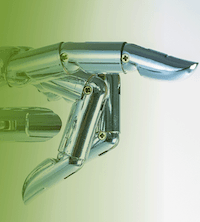Nanogenerators are a hot topic, but one without many practical applications so far. Could they one day help to fill a gap in decision-making for professional sports?

If you’re a sports fan, you’ve probably had many a heated reaction to calls you have disagreed with during a game. There are few soccer matches that finish without colorful commentary from the stands on the opposition's tendency to dramatically 'flop' at the merest hint of contact, and most referees are keenly aware of fans' constant concern for their eyesight.
In today’s world of video and computer-assisted measurements, many sports calls can be carefully reviewed, but even slow-motion replay cannot always definitively decide whether contact has happened if the camera angles aren’t right. Now, researchers reporting in ACS Applied Nano Materials have developed a self-powered nanogenerator that functions as a contact sensor. This could support more accurate decisions during sporting events as well as help players train more efficiently by providing data insights into their performance.
A nanogenerator essentially converts an abundance of vibrational mechanical energy into useful electrical energy. The so-called “abundance” can be on the tiniest of scales, with mechanical energy scavenged from something as small as an eye blink. This sensitivity allows nanogenerators to be used as sensors for a variety of potential applications.
The team of researchers in India used lithium-modified zinc titanium oxide (LZTO) nanofibers based on piezoelectric nanogenerators (PENGs) and triboelectric nanogenerators (TENGs). In the TENG, mechanical energy is converted to an electrical signal through triboelectrification and electrostatic induction. In contrast, the PENG generates electricity by breaking the crystal structure from the central symmetry of the piezoelectric material caused by external mechanical stimuli.1
The power output of the PENG depends on the mechanical energy input, a fatal flaw for electronics that need continuous power.2 By combining a PENG and TENG, the researchers developed a hybrid nanogenerator with increased voltage, current, and power density compared to the individual components alone. The hybridized structure also bypassed one of the main disadvantages of the TENG—the high humidity dependency due to the temporary triboelectric charge.
The authors tested this hybrid nanogenerator for its potential as a contact sensor for both boxing and cricket. Results showed that when integrated into a punching bag, the sensor could distinguish between the six basic types of punches used in boxing. When applied in cricket practice, the sensor could precisely monitor where balls hit both the bat and stumps, which could prove useful in helping referees make smarter and quicker decisions during games.

To the authors’ knowledge, this is the first report on a tribo/piezoelectric nanogenerator based on LZTO nanofibers for intelligent sports and smart decision making that has undergone lab-scale testing for cricket and boxing. But other research has looked at nanogenerators as sustainable, clean energy options for applications as diverse as self-powered wearable electronics, pressure sensing, or energy harvesting through rainwater.3,4

Stay Connected
References
- Das, N.K. et al. Piezo/Triboelectric Nanogenerator from Lithium-Modified Zinc Titanium Oxide Nanofibers to Monitor Contact in Sports. ACS Appl. Nano Mater. 2023, 6, 3, 1770–1782.
- Mondal, S. et al. Self-Charging Piezo-Supercapacitor: One-Step Mechanical Energy Conversion and Storage. ACS Appl. Mater. Interfaces 2023, 15, 6, 8446–8461.
- Veeralingam, S. and Badhulika, S. Lead-Free Transparent Flexible Piezoelectric Nanogenerator for Self-Powered Wearable Electronic Sensors and Energy Harvesting through Rainwater. ACS Appl. Energy Mater. 2022, 5, 10, 12884–12896.
- Syamini, J. and Chandran, A. Mylar Interlayer-Mediated Performance Enhancement of a Flexible Triboelectric Nanogenerator for Self-Powered Pressure Sensing Application. ACS Appl. Electron. Mater. 2023, 5, 2, 1002–1012.
